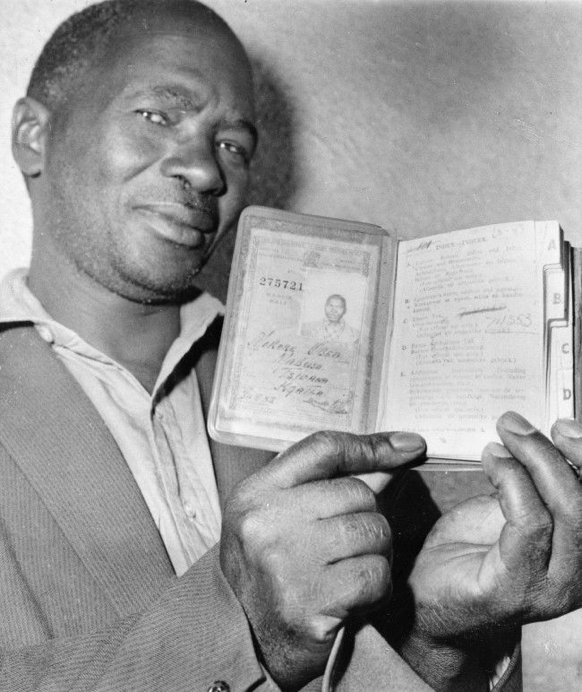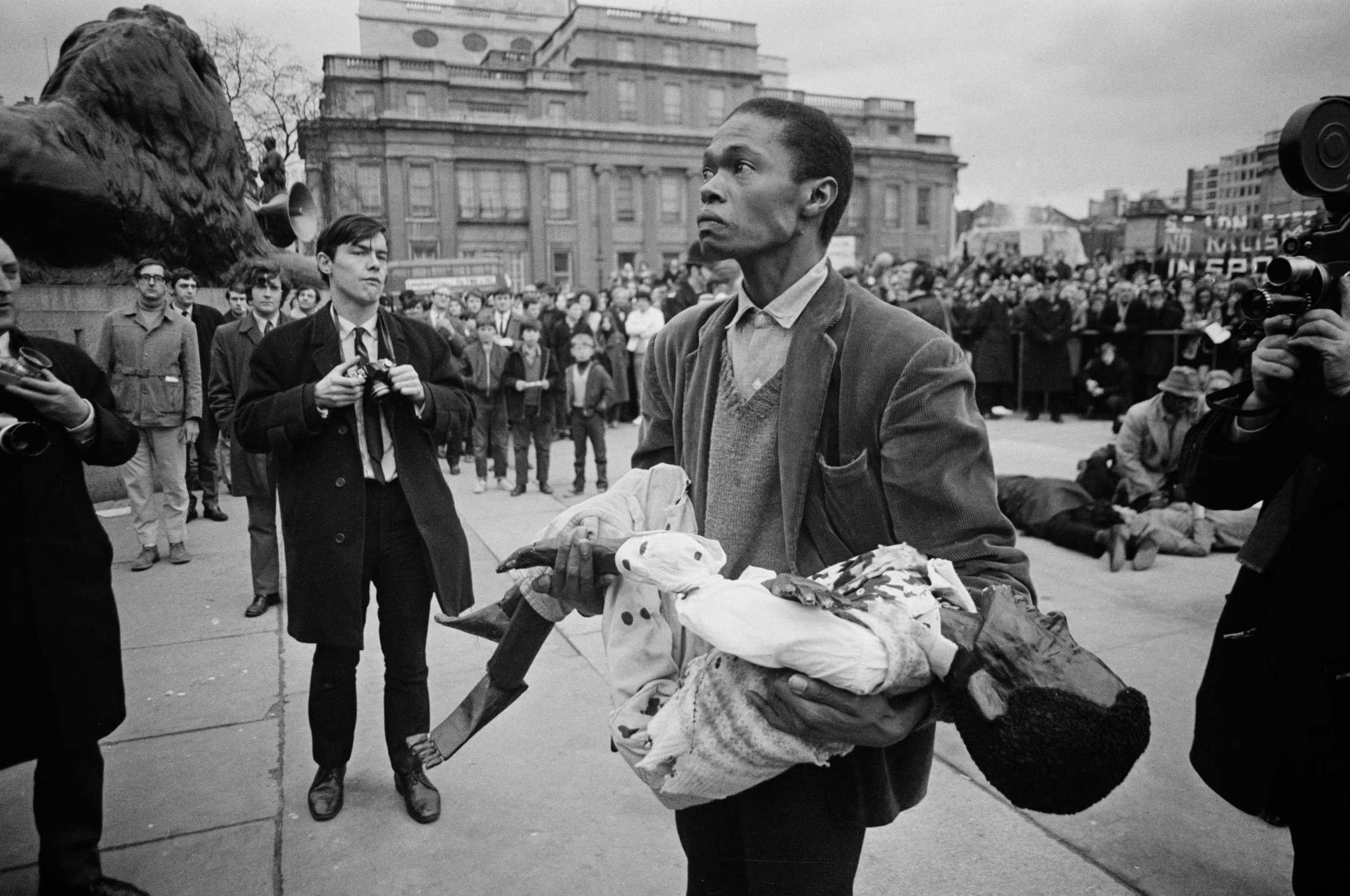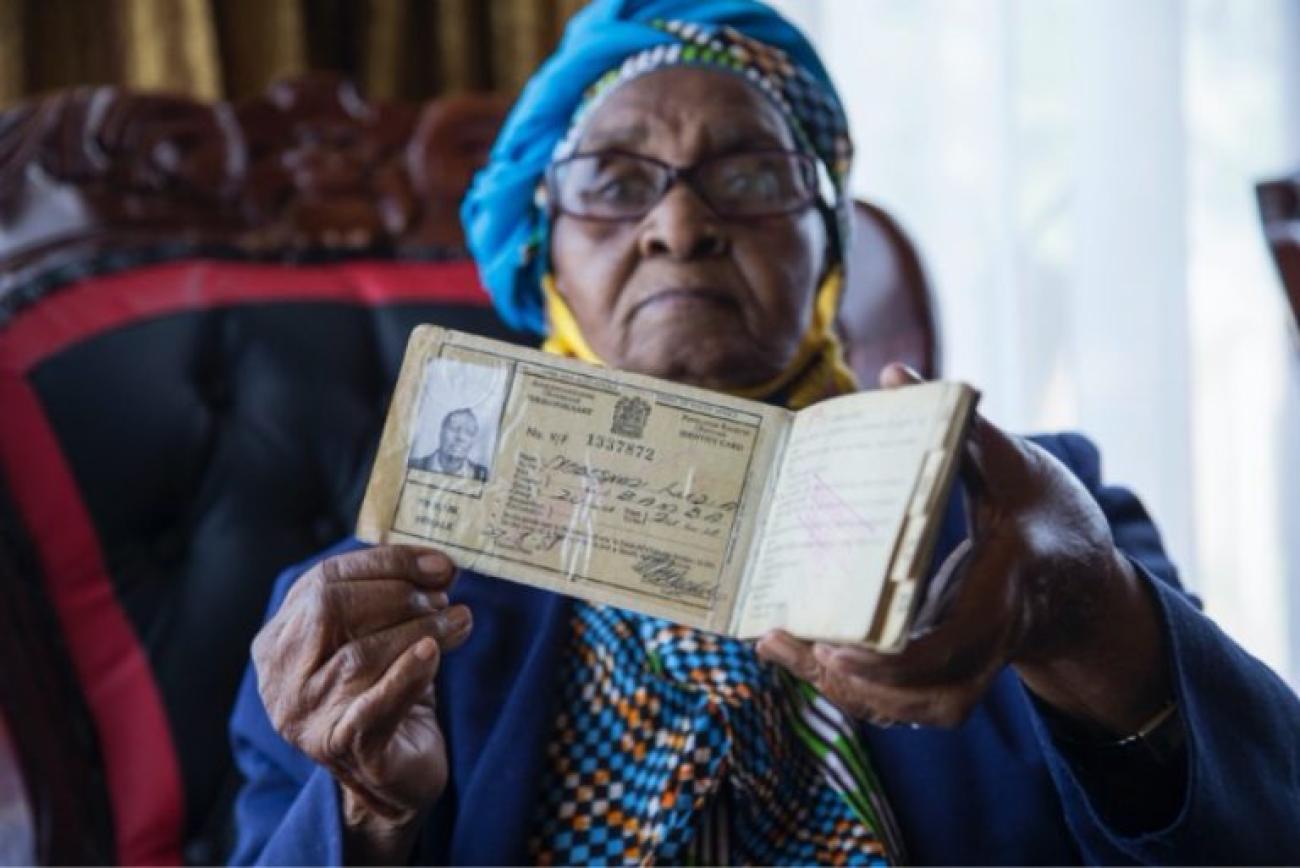On March 21, 1960, in South Africa, police massacred 69 peaceful demonstrators in Sharpeville—a major turning point in the fight against apartheid.
A Turning point in the fight against apartheid
On March 21, 1960, a massacre marked a decisive shift in the struggle against apartheid in South Africa. In Sharpeville, a small town south of Johannesburg, South African police opened fire on thousands of peaceful demonstrators, killing 69 and injuring 180. This tragic event, forever etched in history, exposed the brutality of the segregationist regime and catalyzed a shift in the civil rights movement.
Pass laws: An instrument of oppression

In 1960, South Africa was a nation where racial segregation had been institutionalized under the apartheid regime, introduced by the National Party in 1948. One of its most repressive tools was the Pass Laws Act, which required Black South Africans to carry a passbook at all times. This document, called the “dompas,” dictated where and when a Black person could move, under threat of arrest, fines, or imprisonment.
The aim of this legislation was clear: to control the movements of Black populations and restrict their access to white urban centers, confining them to designated areas. Every year, thousands of people were arrested for failing to present their pass, fueling growing resentment within the Black community.
In this climate of discrimination and repression, the Pan Africanist Congress (PAC)—a breakaway faction from the African National Congress (ANC)—decided to launch a civil disobedience campaign against these unjust laws. The strategy was simple: demonstrators would present themselves at police stations without their passes and demand to be arrested en masse, hoping to overwhelm the judicial system and pressure the government to repeal the laws.
March 21, 1960: A peaceful protest turns into carnage

On the morning of March 21, 1960, more than 20,000 people gathered in various cities across the country to protest the Pass Laws. In Sharpeville, around 5,000 to 7,000 peaceful demonstrators—mostly workers and young people—marched toward the police station to voice their opposition to the segregationist laws.
Unarmed and chanting anti-apartheid slogans, the demonstrators posed no immediate threat. However, the police, consisting of 300 heavily armed officers, viewed the protest as a danger and called for reinforcements. Shortly before noon, military aircraft flew over the crowd at low altitude in an attempt to intimidate them. Despite this, the crowd remained calm.
But the situation suddenly escalated. According to some reports, a policeman either lost his balance or fired into the air, triggering widespread panic among the officers. The police then opened fire on the crowd without warning, discharging over 700 bullets in just a few minutes.
The toll was horrifying: 69 dead and 180 injured, including women and children. Most victims were shot in the back, indicating they were fleeing when shot. Some witnesses even reported that wounded demonstrators were executed at point-blank range.
Immediate aftermath and international shockwaves

The Sharpeville massacre sent shockwaves through South Africa and across the world.
Reactions in South Africa
In the days that followed, riots erupted in several cities, notably in Cape Town and Johannesburg. Rather than easing tensions, the government declared a state of emergency and launched a massive crackdown. Over 18,000 people were arrested, and leaders of the ANC and PAC were imprisoned, including Nelson Mandela.
On March 30, 1960, the government officially banned the ANC and the PAC, forcing both organizations underground. This event marked a major turning point in the anti-apartheid struggle, pushing leaders such as Mandela and Oliver Tambo toward more radical approaches, including armed resistance.
International Reactions
Globally, the massacre was met with horror. Solidarity protests erupted in many countries, and the UN General Assembly formally condemned the massacre. In 1961, South Africa was forced to withdraw from the British Commonwealth, further isolating its government on the international stage.
The Sharpeville massacre also served as a catalyst for the creation of the International Day for the Elimination of Racial Discrimination, instituted by the UN in 1966 and observed every year on March 21.
The legacy of the Sharpeville massacre

The Sharpeville massacre marked a point of no return in the fight against apartheid. It proved to the Black South African community and anti-apartheid activists that the regime would stop at nothing to maintain its dominance. This realization accelerated the shift from passive resistance to armed struggle.
In 1961, Nelson Mandela and other activists founded Umkhonto we Sizwe (MK), the military wing of the ANC, which carried out sabotage operations against the South African state. The following decades would be marked by escalating repression, but also by growing international pressure on the apartheid regime.
Finally, in 1994, after more than thirty years of struggle, South Africa turned the page on apartheid with the historic election of Nelson Mandela as president. The Sharpeville massacre remains engraved in collective memory—not only as a symbol of the regime’s brutality but also as the trigger for the movement that ultimately led to its collapse.
The Sharpeville massacre is one of the most significant events in the history of the fight against apartheid. That day, 69 innocent people lost their lives, awakening global consciousness and forcing the world to take a stand against South Africa’s segregationist regime.
Today, every March 21, South Africa and the rest of the world commemorate these events, reminding us that the fight against racial discrimination is far from over. To remember Sharpeville is to ensure that history does not repeat itself.
Summary
- A Turning Point in the Fight Against Apartheid
- Pass Laws: An Instrument of Oppression
- March 21, 1960: A Peaceful Protest Turns Into Carnage
- Immediate Aftermath and International Shockwaves
- Reactions in South Africa
- International Reactions
- The Legacy of the Sharpeville Massacre
Notes and References
- Apartheid: Institutionalized racial segregation in South Africa from 1948 to 1991.
- Pass Laws: Legislation requiring Black South Africans to carry internal passports limiting their freedom of movement.
- PAC (Pan Africanist Congress): A political organization that split from the ANC, committed to fighting apartheid.
- ANC (African National Congress): Anti-apartheid movement led by figures such as Nelson Mandela.
- Nelson Mandela: Anti-apartheid activist imprisoned for 27 years; became South Africa’s president in 1994.
- Oliver Tambo: Exiled ANC leader and key figure in the resistance.
- British Commonwealth: Organization of former British colonies; South Africa withdrew in 1961.
- Umkhonto we Sizwe (MK): ANC’s armed wing founded in 1961 to conduct military resistance against apartheid.
